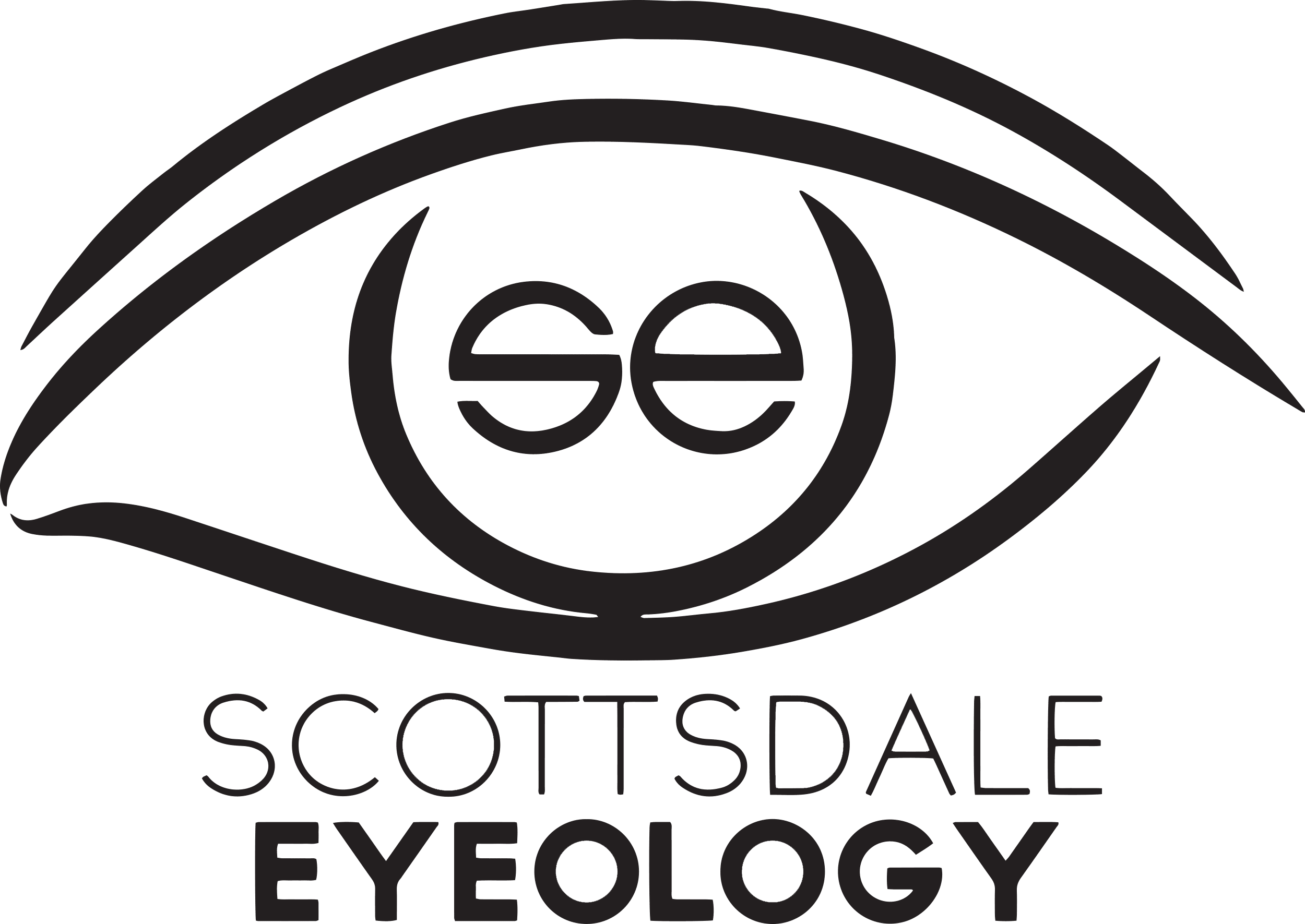Cataracts, a clouding of the eye’s lens, can significantly impair vision, affecting daily activities like reading and driving. Prompt treatment is crucial to preserving the quality of life. While surgery is common, exploring non-surgical options like lifestyle changes and specialized eye drops is gaining attention. This blog aims to delve into these alternatives, offering insights on managing cataracts effectively. Discovering ways to cure cataracts without surgery can empower individuals with early-stage cataracts to make informed decisions about their eye health.
Understanding Cataracts
Cataracts are a common eye condition where the lens becomes cloudy, impairing vision progressively. This cloudiness develops due to proteins clumping together, obstructing light from reaching the retina. Factors like aging, UV exposure, diabetes, and smoking increase cataract risk. Symptoms include blurred vision, difficulty seeing at night, and sensitivity to glare. Early stages may be managed with corrective lenses, but surgery is typically required as cataracts worsen. During surgery, the cloudy lens is replaced with an artificial one. Understanding cataracts involves recognizing symptoms early and seeking timely treatment to maintain optimal vision and quality of life.
Types of Cataracts
1. Age-related cataracts: Most common, they develop with aging as proteins in the lens clump together, gradually clouding vision.
2. Congenital cataracts: Present at birth or develop during childhood due to genetic factors, infections during pregnancy, or metabolic disorders.
3. Secondary cataracts: Result from other medical conditions like diabetes or exposure to toxic substances, medications (e.g., steroids), or radiation therapy.
4. Traumatic cataracts: Occur after eye injuries, damaging the lens and leading to cloudiness over time.
Traditional Treatment Options For Cataracts
1. Cataract Surgery: The conventional technique is to remove the clouded lens and replace it with an artificial intraocular lens (IOL). This surgery is typically outpatient and minimally invasive, often performed using ultrasound (phacoemulsification).
2. Intraocular Lens (IOL) Options: Various types of IOLs are available, including monofocal lenses (correcting vision at one distance), multifocal lenses (correcting vision at multiple distances), and toric lenses (correcting astigmatism).
3. Preoperative Evaluation: Before surgery, thorough eye examinations assess the cataract’s severity and determine the most suitable lens replacement option for optimal postoperative vision.
4. Postoperative Care: Follow-up visits ensure proper healing and vision rehabilitation. Patients may require temporary use of eye drops and should adhere to post-surgical instructions to minimize risks and achieve the best visual outcome.
Exploring Ways To Cure Cataracts Without Surgery
There are different ways that you can opt for to cure cataracts without even going for surgery, let’s check out some of those ways:
1. Lifestyle Modifications: Maintaining a healthy diet rich in antioxidants (such as vitamins C and E), wearing sunglasses with UV protection, and quitting smoking may help reduce cataract development.
2. Eye Drops and Medications: Research is ongoing into specialized eye drops containing antioxidants or lanosterol, aimed at dissolving protein clumps in the lens and potentially improving vision.
3. Nutritional Supplements: Some studies suggest that supplements like vitamin C, vitamin E, lutein, and zeaxanthin may support eye health and delay cataract formation.
4. Vision Correction: Adjusting prescriptions for glasses or contact lenses can temporarily improve vision affected by cataracts, especially in the early stages.
5. Monitoring and Regular Eye Exams: Early detection and monitoring of cataracts through routine eye exams allow for timely intervention and management.
Pros and Cons of Non-Surgical Methods
A. Pros of Non-Surgical Methods
1. Lower Cost: Non-surgical methods generally cost less than cataract surgery, making them more accessible to a wider population.
2. Non-invasive: These methods do not require surgery, which can be appealing to individuals who prefer non-invasive treatments.
3. Fewer Risks and Side Effects: Compared to surgery, non-surgical approaches typically involve fewer risks and potential side effects.
B. Cons of Non-Surgical Methods
1. Limited Evidence and Effectiveness: Many non-surgical treatments lack robust scientific evidence supporting their effectiveness in treating or reversing cataracts.
2. Potential for False Hope: Patients may invest time and resources in non-surgical methods without significant improvement in cataract symptoms, leading to disappointment or delayed necessary surgical intervention.
3. Time Required for Noticeable Results: Non-surgical approaches often require consistent application or consumption over an extended period before any noticeable improvement in vision is observed.
Wrap Up!
In conclusion, while non-surgical methods for managing cataracts offer potential benefits like lower cost and fewer risks, they often lack substantial evidence of effectiveness compared to cataract surgery. It’s crucial to prioritize professional medical advice from an Optometrist in Scottsdale to determine the most suitable treatment, whether surgical or non-surgical, based on individual needs and cataract severity. Regular eye check-ups play a pivotal role in early detection and timely intervention. For those exploring ways to cure cataracts without surgery, proactive management and informed decisions are key to preserving optimal eye health. Schedule your check-up today for peace of mind and clear vision tomorrow.


